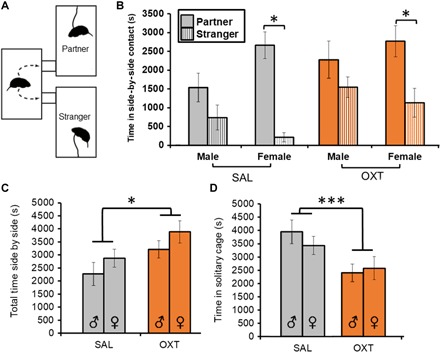Fig. 4. The behavioral effects of maternal OXT administration on pair bonding in adulthood (experiment 4 continued).

(A) The PPT paradigm, where a given subject is free to spend time with either of two conspecifics of the opposite sex, one unfamiliar (Stranger) and one with which the subject has cohabited for 24 hours (Partner), tested here in adulthood on postnatal day 60. (B) Partner preference formation, indexed by significantly more time spent in side-by-side contact with the Partner versus Stranger, was achieved in females of both treatment conditions (n = 16 to 29 per group). (C) When collapsed across both Partner and Stranger, OXT-treated animals showed increased total time in side-by-side contact (n = 16 to 29 per group). (D) OXT treatment was also associated with less time spent in the solitary cage (n = 16 to 29 per group). Data shown are means ± SEM *P < 0.05; ***P < 0.001.
